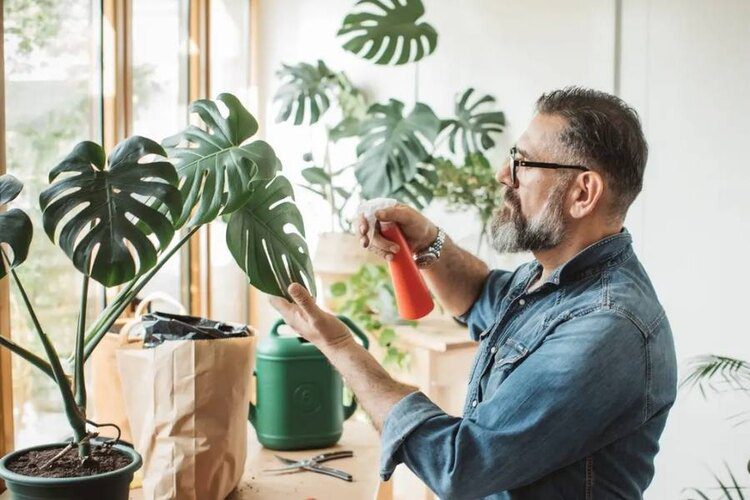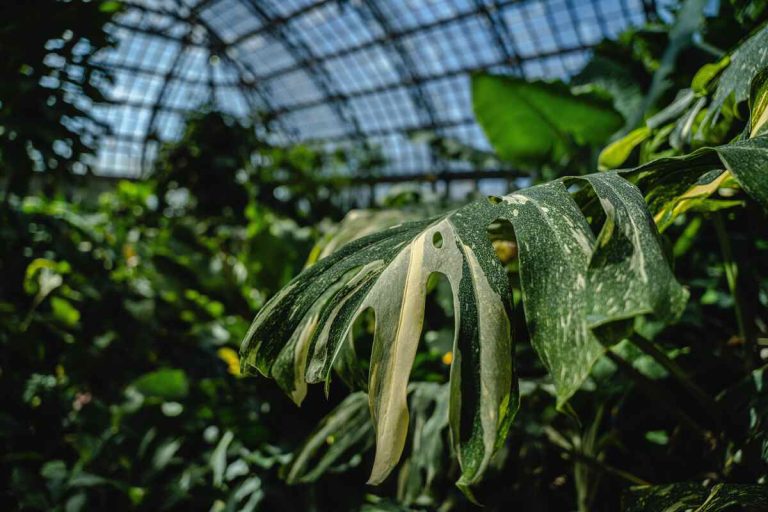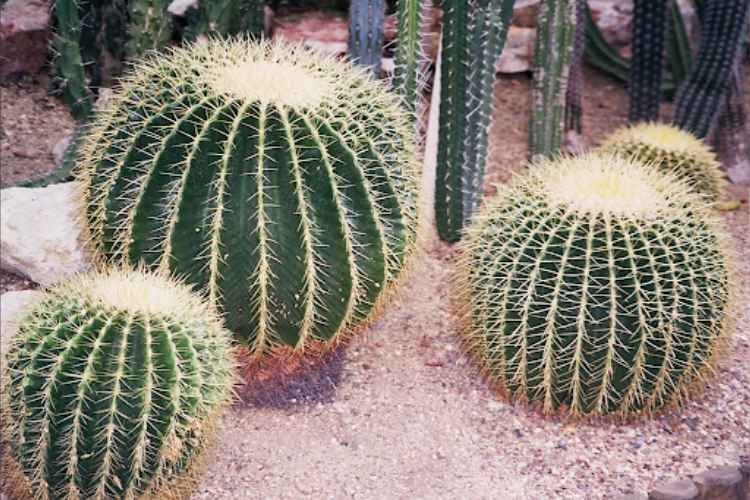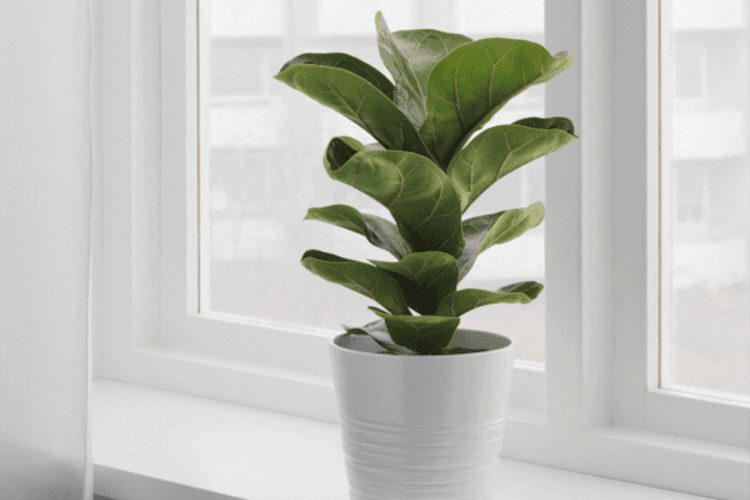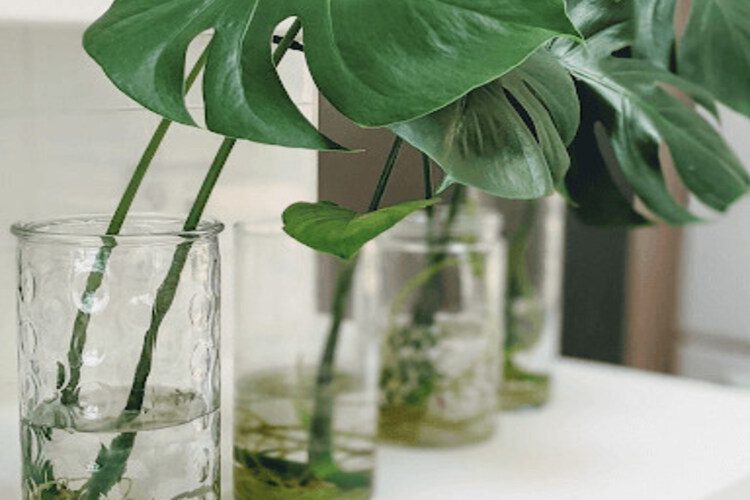When to Fertilize Citrus Trees in Pots: Secret To Thriving
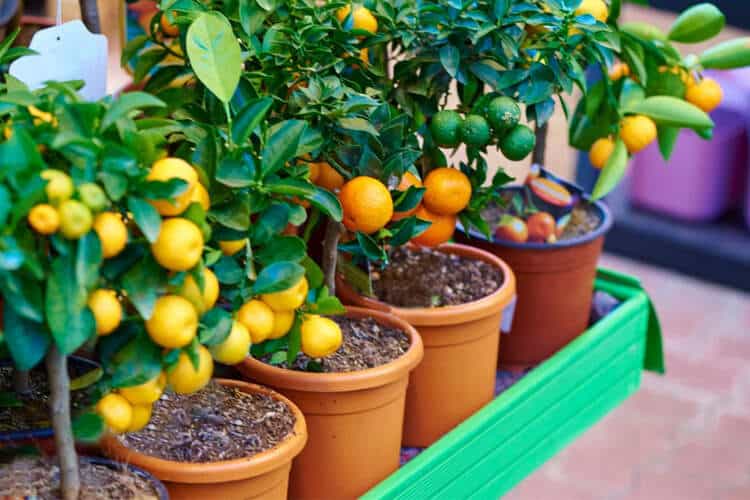
Today, you no longer need an old-fashioned, spacious backyard space to have fresh-picked citrus fruits on hand. Citrus containers are always available for you to grow your own mature citrus trees. All you need are new dwarf varieties and basic knowledge about citrus, and you can enjoy zesty fruit and fragrance in any climate, even in cold weather. Beginners often wonder when to fertilize citrus trees in pots.
During the growing season, which is from late March to early August, you should feed your plants. To encourage the plant’s growth, fertilize at least twice a year, in midsummer and spring. In this article, Swipe Garden will give you a detailed answer!
When To Fertilize Citrus Trees In Pots?
Early spring is a good time to fertilize citrus trees in pots, and midsummer is a good time to stop and get ready for winter. Although every fertilizer package will come with guidelines and a fertilizing schedule for gardeners to follow, there are some solid rules you need to remember:
- During months of active growth, which usually occur in the summer and spring, feed your potted citrus trees once a month.
- During periods of dormant growth, which most often occur in the winter months, refrain from feeding your plants, as they will remain dormant and do not require abundant nutrients.
- In cold climates, it is advisable to move the containers indoors to protect new growth from frost damage.
- Once the plants start to bear fruit, reduce feedings during dormant and active months.
In short, new growth starts in the early spring and late winter. At this point, you should proceed with active fertilizer for citrus trees in pots. The native soil is often too compacted and restricts root access to air. Please remember that container oranges will need fewer nutrients and far less fertilizing than planted ones, as they work with less soil.
Watch this video for a complete guide on when to fertilizer citrus trees:
How Often Should You Fertilize Potted Citrus Trees?
Container greeneries can’t search for other food sources apart from your water and nutrients, so they will die if you don’t supply what they need.
The more frequent watering required in the containers causes nutrients to be absorbed into the soil faster. Slow-release granular fertilizers include trace minerals such as iron, manganese, and zinc, and are beneficial for potted limes.
The applicable frequency will vary depending on the sort of fertilizer and the age and size of your citrus tree. The best idea is to feed it once a month during the active or growing season. A hint to know your plants are lacking nutrients or you’re overwatering is yellow leaves.
What Months Do You Fertilize Citrus Trees?
You should feed your citrus trees from late March to early August, which is the growing season, with an organic, liquid fertilizer like seaweed, fish emulsion, liquid kelp, or organic granular products every 2-3 weeks.
You should avoid providing nutrients in the winter months, when newborn growth shouldn’t occur. Also, you will need to apply a tiny amount of organic fertilizer in late March to stimulate new growth at the beginning of the growing season.
How Do You Fertilize Citrus Trees In Pots?
Three methods of applying nutrients to your container lemon trees and citrus trees include liquid, spikes, and dry. Each comes with upsides and downsides. Also, keep your tree’s size, environmental factors, and location in mind when selecting the right technique.
Liquid Fertilizer
Farmers often focus on this method and dilute it before applying it. Stick to the package directions and measure the pot’s size used to keep the citrus plants.
- Pros: Liquid fertilizer is highly available and offers large amounts that are enough to use for an extended period.
- Cons: Hard to drain away
Granular Fertilizer
You should scatter granular fertilizer over the top of the soil, as it will be slower to release. Gently dig a hole in the topsoil and apply the composite.
- Pros: Slow-releasing and could last for three months.
- Cons: They become clumped together as they are exposed to high humidity, which is hazardous to children and animals if they find those clumps on the soil top and eat them.
Spike Fertilizer
It is a small spike containing a decent amount of fertilizer for specific-period use. Check the installation instructions before using them, particularly how much to apply to your pot.
- Pros: Pre-measured. If you check the pot’s size and use a proper amount, there’s no need to worry about over-fertilizing.
- Cons: If you don’t push it into your soil correctly, children or pets might accidentally pull it free and eat it.
How Do I Get My Citrus Tree To Bear Fruit?
Seasonal feeding, well-draining soil, sunshine, infrequent deep watering, and airflow are critical to successfully growing citrus trees. This family loves sunshine. Expose them to sunlight for five hours per day for the best fruiting.
Remember to place them in the north-facing direction, in a sunny and warm position. When winter approaches, bring the containers inside. Because citrus roots need air, it’s important to plant them in well-draining soil. Besides, citrus trees thrive when provided with water that doesn’t pool in their root zone and drains away quickly.
Conclusion
Although growing citrus in containers takes a lot of effort, learning, and care, it’s a rewarding process. Nothing beats the taste of your own Bearss limes, Calamondin, or Satsuma oranges. Knowing when to fertilize citrus trees in potting soil contributes greatly to your citrus success. Put what you’ve learned into practice, and enjoy the fruitful result!


